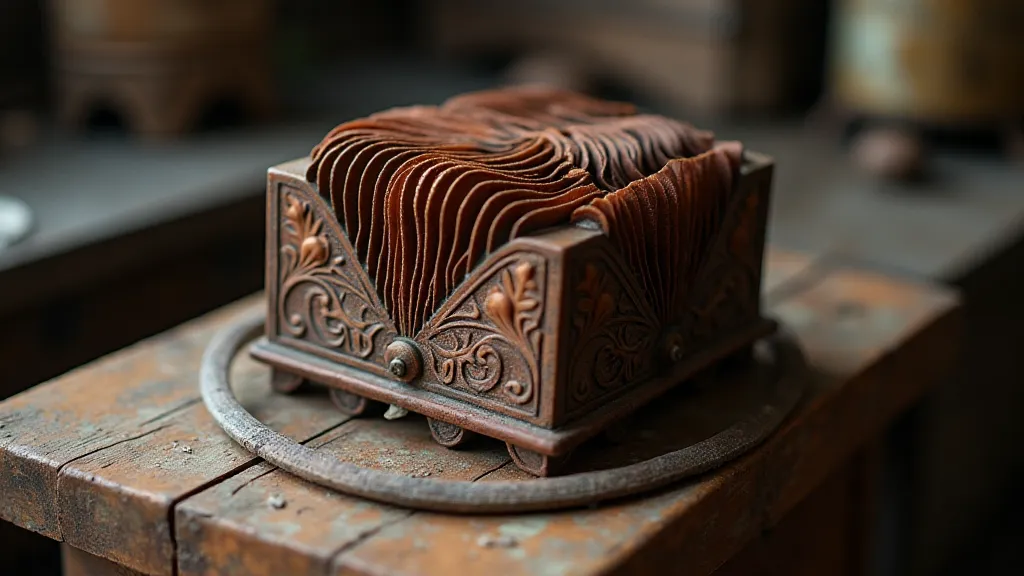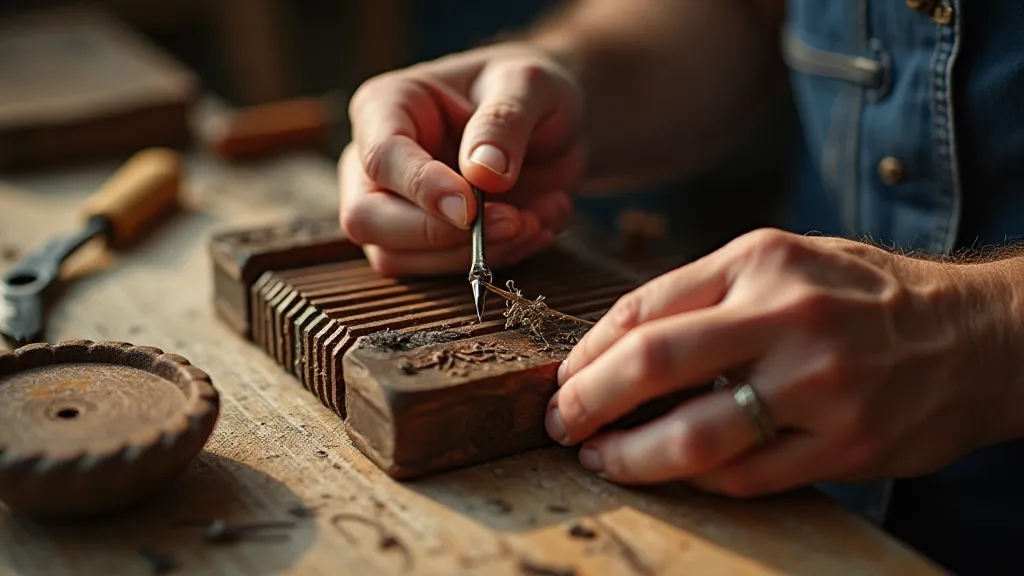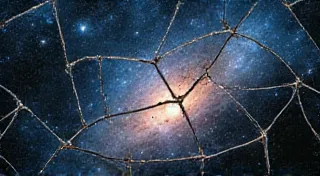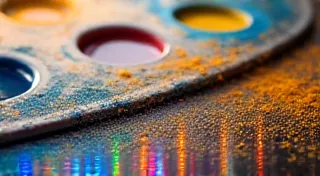Beyond the Histogram: Evaluating Aesthetic Success in Astrophotography
We obsess over the histogram in astrophotography, don't we? Those little bars, representing the distribution of pixel brightness, become a holy grail. "Perfect exposure," we declare, pointing to the gentle slope towards the right. But is a balanced histogram truly the key to a beautiful image? I’m starting to think it’s only a starting point. Because true astrophotography, the kind that moves you, the kind that evokes a sense of wonder, transcends mere technical correctness.
My journey to understanding this began in an unexpected place: my grandfather's attic. He was a collector of antique accordions – hulking, beautifully crafted instruments that breathed music into the world. Surrounded by these treasures, I started noticing something profound. The finest accordions weren’t simply well-built; they were *expressive*. The wood grain, the shape of the bellows, the gleam of the buttons – all contributed to an emotional impact that went far beyond functionality. A perfectly balanced accordion, mechanically sound, could still feel… lifeless. It lacked soul.

The Illusion of Perfection
Similarly, in astrophotography, we often chase a myth of technical perfection. We meticulously track our mounts, calibrate our cameras, and stack our data with ruthless precision. And yes, these are crucial steps. But focusing solely on these aspects can blind us to the more subjective elements that truly resonate with the viewer. A technically flawless image can still feel sterile, a mere record of photons rather than an emotional experience.
Think about it: the universe is inherently chaotic. Nebulae swirl in unpredictable patterns, galaxies collide in slow-motion dances, and the light from distant stars has travelled for millennia to reach our eyes. Trying to force an image of this grandeur into a rigid box of technical parameters seems… disrespectful. It diminishes the very essence of what we're trying to capture. Finding ways to effectively convey this sense of scale and the stories held within is a challenge many astrophotographers face, and can often be enhanced through careful consideration of artistic intent—a topic explored in greater depth in Rewriting the Familiar: Astrophotography & Creative Storytelling.
I remember one particular night, I spent weeks processing a photograph of the Andromeda Galaxy. I optimized everything: noise reduction, colour balance, contrast. It checked all the boxes. The histogram was beautiful, the star quality was exceptional. I was proud. And yet… something felt missing.
I showed it to a friend, a landscape painter. He looked at it, then said simply, "It’s pretty. But it doesn’t *feel* like Andromeda.” His words struck a chord. I realized I’m so focused on the technical aspects that I’m removing the very thing that made me want to take the picture in the first place—the sense of awe and mystery.
Beyond the Metrics: Embracing Subjectivity
So, how do we move beyond the histogram? How do we evaluate aesthetic success in astrophotography? It starts with understanding that beauty is inherently subjective. What resonates with one person might leave another cold. There's no universal formula. It's a conversation between the photographer, the subject, and the viewer.
Consider the use of contrast. A higher contrast image might accentuate the details of a nebula, but it can also flatten the dynamic range and make the image feel harsh. A lower contrast image might be more gentle and atmospheric, but it can also lack punch and definition. There’s no right or wrong answer. It’s about choosing the approach that best communicates the feeling you want to convey. Achieving a balance, and understanding the impact of different color palettes, is crucial to creating evocative imagery—a principle often discussed in the context of Chromatic Whispers: The Art of Color in Monochrome Astrophotography.
Colour, too, plays a vital role. We often try to represent celestial objects in their "true" colours, based on scientific data. But sometimes, subtle adjustments to the colour palette can enhance the emotional impact of the image. A touch of warmth can evoke a sense of comfort and familiarity, while a cooler palette can emphasize the vastness and mystery of space.
Think about antique accordions again. Each one is unique, not just in its mechanics but in its tone. Some have a bright, cheerful sound; others possess a darker, more melancholic timbre. The maker’s intention isn’t always easily discernable. A craftsman’s hand imparts its own character, its own artistic fingerprint, on the instrument. It’s not about replicating a sound; it's about capturing a feeling.
Similarly, in astrophotography, we should allow ourselves the freedom to experiment. Don't be afraid to break the rules, to push the boundaries of what’s considered "technically correct." Embrace imperfection, because it’s often in those imperfections that beauty resides. The ability to transform perceived flaws into artistic merit is a cornerstone of creative astrophotography—a transformation explored in detail in Starlight Alchemy: Transforming Imperfection into Artistic Merit.
The Craft & The Soul
Restoring an antique accordion is a delicate process. It’s not about stripping it down to its raw components and rebuilding it. It’s about preserving its history, its character, its soul. A perfectly restored accordion might be mechanically flawless, but if it lacks the patina of age, the subtle imperfections that tell a story, it’s lost something precious.

Collecting antique accordions isn't just about acquiring beautiful objects. It’s about connecting with a legacy of artistry, innovation, and cultural heritage. It’s about appreciating the skill and dedication of the craftsmen who poured their hearts and souls into creating these instruments.
And that’s what astrophotography should be, too. It's not just about collecting data and generating pretty pictures. It's about connecting with the universe, about appreciating the vastness and beauty of creation, and about sharing that wonder with others. It’s about capturing not just photons, but a feeling. The process often involves more than just taking a photo—it requires a considered approach to image acquisition and careful processing to bring out the true beauty of the subject.
The techniques used in astrophotography are constantly evolving, and understanding the basics, such as dark frames, is essential for achieving quality results. It’s a complex balancing act—mastering the technical side while simultaneously nurturing the creative vision. The intricacies of calibration frames are detailed in The Silent Calculus: Mastering Dark Frames and Calibration.
Ultimately, striving for technically perfect images can be a rewarding journey in itself, but it shouldn's overshadow the deeper artistic considerations that elevate astrophotography from a technical exercise to a truly evocative art form. Even those with a passion for technical precision are often driven by a desire to capture something beyond the numbers—a sense of wonder, a connection to the cosmos, and a glimpse into the infinite.






